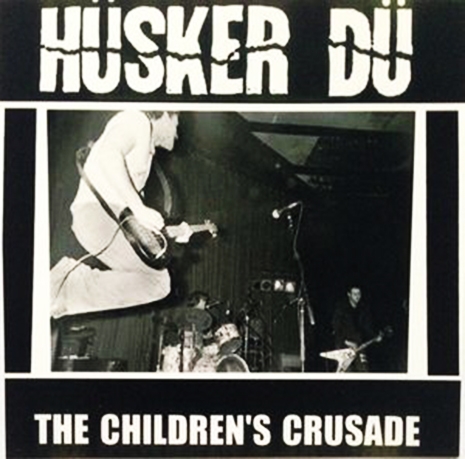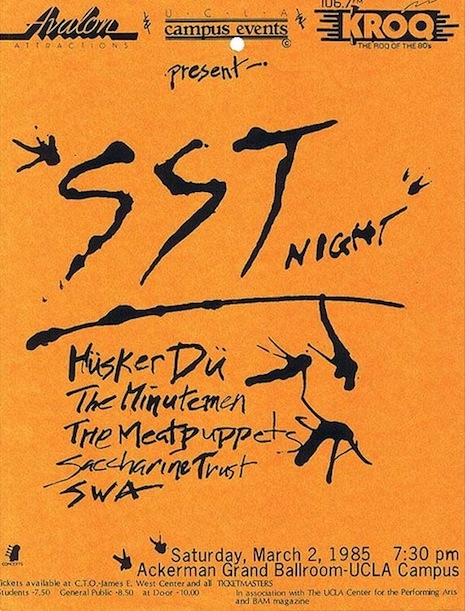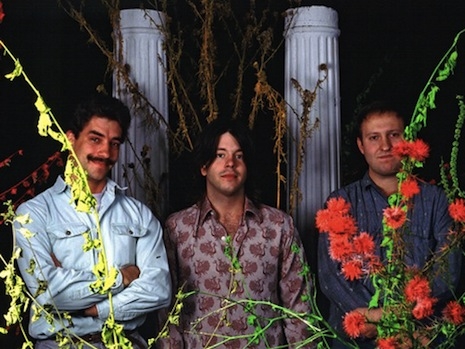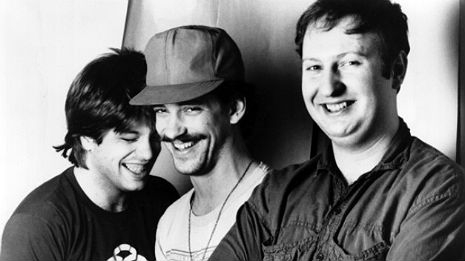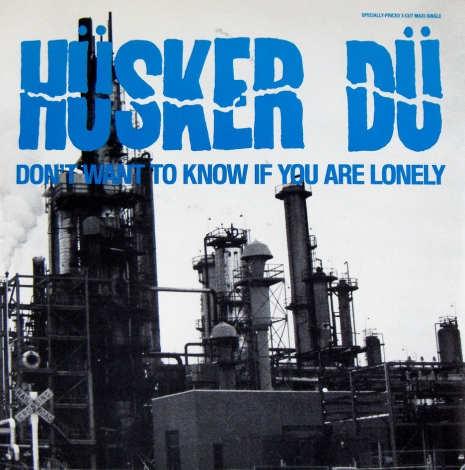
The second half of this local TV report on “The Minneapolis Sound,” broadcast on KTCA in 1988, has been on YouTube for some time, but earlier this year, one “Prince Rogers Nelson” uploaded an intact copy of the full program to Dailymotion.
I’ve grown so used to encountering music in the imaginary, racialized categories of marketers, radio programmers and record store owners, which still present punk and R&B as if they came from different planets. It’s refreshing to see Hüsker Dü and the Replacements presented as just two bands from Minneapolis, less popular than Prince and better-known than the Jets.
The Purple One declined to be interviewed for the special. Instead, there are glimpses of how he was perceived in his hometown, some sweet—three hockey players trying to sing “Purple Rain”—and some enraging, like the the smirking Twin Cities policeman at 4:50 who can’t control his laughter at the idea of listening to Prince: “I think he’s a fag.” The ‘Mats also refused to talk to KTCA, but Morris Day, Alexander O’Neal, the Hüskers and the Jets all appeared on camera, along with the Wallets and Ipso Facto. This was the very end of the road for Hüsker Dü; their segment ends abruptly with a one-sided phone conversation. “What? Hüsker Dü broke up? Why?”

Early in the show, the critic John Rockwell talks about discrete black and white music scenes going on in the city simultaneously, but it looks to me like the membrane separating them was exceedingly porous. Describing this period in his memoir, Mould writes:
Minneapolis was the “it” city, and the buzz was deafening. South side, you had Hüsker Dü, the Replacements, and Soul Asylum. North side, there was Prince, Jimmy Jam and Terry Lewis, Alexander O’Neal, and Morris Day.
More after the jump…









